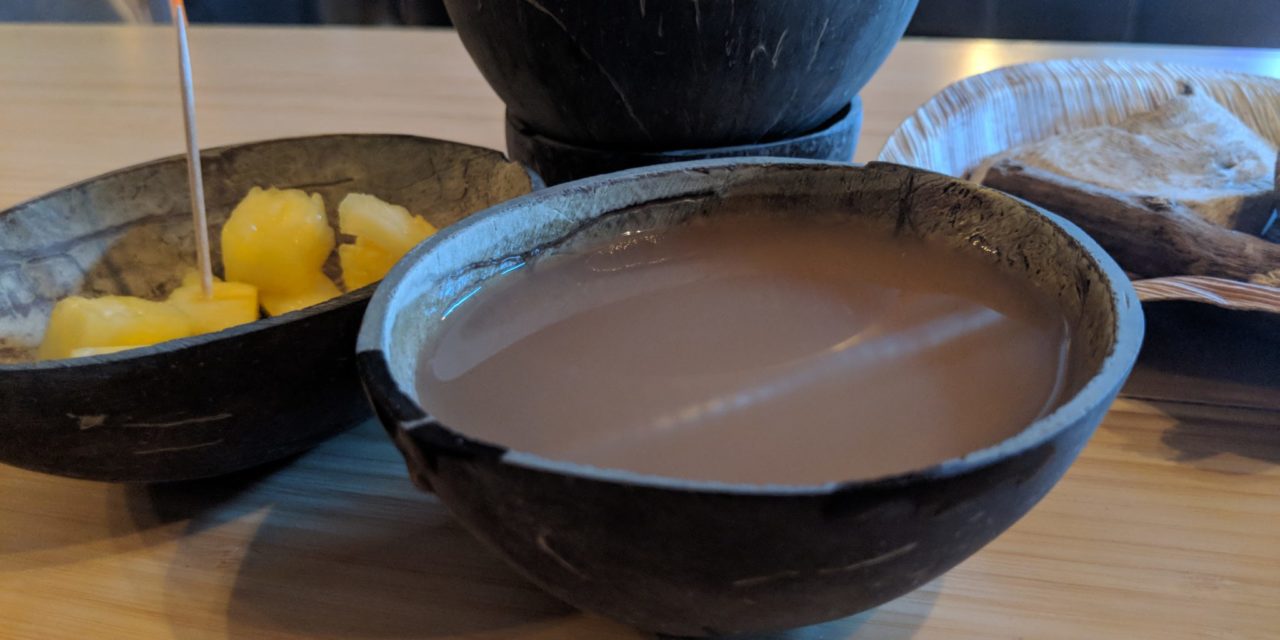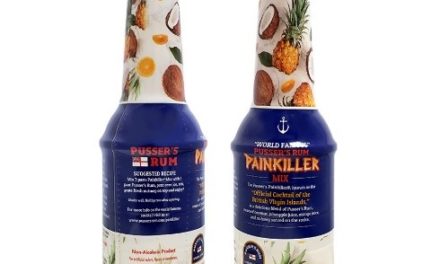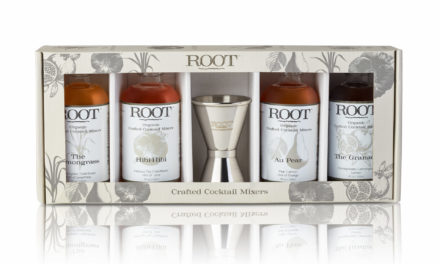Kava (not Cava) is a shrub native to the islands of the South Pacific. It’s one of Tonga, Fiji, and Vanuatu’s most significant agricultural exports, propagated by 3,000 years of Micronesian, Polynesian, Melanesian, and Hawaiian natives.
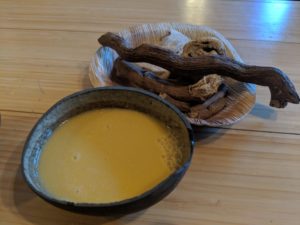
[Photo by Philip Andrew Hall]
Today, kava is enjoyed in specialized lounges in the United States, and the growing “clean living” trend has consumers buying more kava products (powders, tinctures, concentrates, capsules, and balms) to enjoy at home. There’s no legal minimum age requirement for its consumption, though most retailers and kava establishments only serve those 18 years and older.
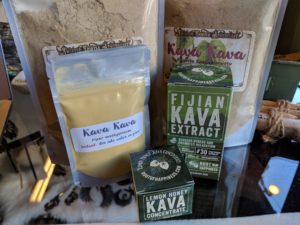
[Photo by Philip Andrew Hall]
There are three main types of kava commonly consumed in the South Pacific islands: noble kavas, two-day kavas (“tudei” in Vanuatu pidgin English), and medicinal kavas. Industry professionals are working with island growers to categorize the different kava plants by chemotype—the ratio of various kavalactones within each plant—to suit the unique needs of individual consumers.
“In general, ‘noble kava’ is suitable for drinking every day, and it’s what you’ll find served at most lounges and cafes. Noble kava is an excellent representation of kava, because it’s short-acting, it’s not too heavy, and it doesn’t have the long-lasting effects of tudeis and medicinals,” says Tyler Blythe of the American Kava Association (AKA) and co-founder of Root of Happiness, a kava bar and importer/processor of kava products located outside Sacramento, Calif. “The tudeis have their purpose, too, and many find they’re more useful for muscle cramping and minor pain. However, due to their long-lasting, ‘heavier’ effects, they should be used in moderation and reserved for occasional consumption.”
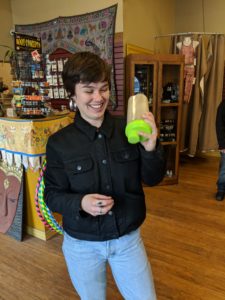
[Photo by Philip Andrew Hall]
Kava’s eclectic fanbase spans generations, cultures, race, gender, and profession, with its popularity growing first among the established communities of Pacific Islanders in Northern California and Florida. Now it’s making its way into the hearts and minds of the rest of us.
“It’s growing more popular every day,” says Blythe. “Unfortunately, the limiting factor is still the supply shortage from the islands. It’s a five-year crop, so until the islands can ramp up, it’s going to be hard to meet the growing global demand.”
Is kava safe to drink?
Like any food, beverage, or natural supplement, kava’s production, processing, and distribution are required to meet the U.S. Food and Drug Administration’s good manufacturing practice (GMP) laws. The AKA, a growing industry consortium of kava professionals, has its own set of standards for members to adhere to, going above and beyond those of the FDA.

[Photo by Philip Andrew Hall]
“The more you use it, the more you’ll feel it,” says Chelsea Price, director of community outreach for Twisted Thistle Apothecary, an online and multi-location herbal supplement retailer in the San Francisco Bay Area. “I tried it three times a week for a month before I got to the point where I could drink a serving and feel the benefits in a significant way.”
Once your body recognizes kava, it takes about 10 to 15 minutes to work and can last four to six hours. You may feel clear and energized in some ways, but it’s not a stimulant. And though it does calm the system, it has none of the psychotropic side effects you’d experience from other consumables.
Anecdotal reports show it being used to treat everything from insomnia, attention deficit-hyperactivity disorder (ADHD), migraines, chronic fatigue syndrome (CFS), muscle pain, menstrual discomfort, and skin disease to the common cold and other respiratory tract infections. It’s also lauded as a mouthwash that will fight canker sores and relieve toothaches, and as a natural supplement used in cancer prevention. (Note: None of these claims have undergone strict scientific study.)
Until recently, most of the positive medicinal and recreational benefits of kava were overshadowed by some poorly administered studies published in the late 1990s linking its consumption to hepatotoxicity (liver damage). These studies caused bans on its consumption in the European Union and Canada, which had a disastrous impact on the economies of the island countries dependent on its exportation.
“There’s a lot of false info about kava going around,” says Price of Twisted Thistle. “The World Health Organization [WHO] released a study that says kava actually isn’t bad for you, noting the original studies performed used the aerial plant parts [leaves], which are hard for our bodies to process.”
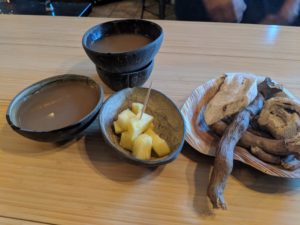
[Photo by Philip Andrew Hall]
Kava has come a long way since those debunked studies, and growing trends in herbalism, natural medicine, and healthy sober living have given kava its second wind. Kava bars and lounges are popping up in most major U.S. cities, and it’s being touted as an alternative to more mainstream choices.
“People are seeking alternatives to the club and bar scene, and now that the stigma of kava has been dispelled, consumers are doing their research and realizing it’s a safe way to relax as opposed to possibly more damaging substances,” says Blythe.
Kava is also available online, dried and ground into a powder, or look for it from a natural health food store or herbal supplement retailer. To brew a batch, place the dried ground root in a muslin sack and massage it for up to 10 minutes in warm water (if the water is too hot, it will kill some of the therapeutic compounds, so it’s not as simple as putting the kettle on and brewing a pot of tea). You can also make a batch of kava with a plastic shaker and spherical agitator, like a protein shake, as long as it’s filtered before you drink it because the fibrous root is hard to digest.
Whichever preparation you choose, you know it’s ready to drink “When you hold it up to the light, you can’t see through it,” says Price.
The kava ritual
Whether you drink it pure, mixed like a mocktail, or brewed (strong or weak), expect to learn the island ritual performed when drinking kava.
“First, you welcome the island spirits by clapping your hands above our coconut shells of kava,” says Caple of Kava Lounge SF. “Then we chant, ‘Bula!,’ which means ‘life’ or ‘to live,’ and we toss it back. When we’re done, we clap twice more and then sit back and relax.”
Expect to squint and lunge for a glass of water the first time you partake, because kava is acrid and bitter—and the gentle numbing sensation in your mouth can last up to 20 minutes post BULA!
“Mother Nature doesn’t make mild narcotics taste good for a reason,” Caple says with a smile, before pouring another.

